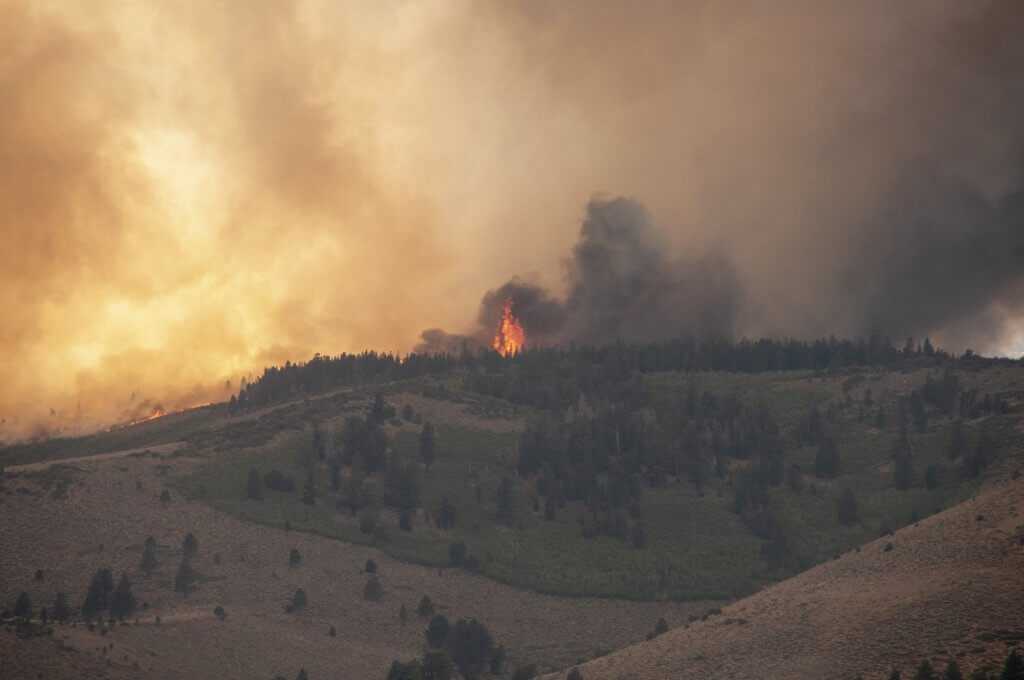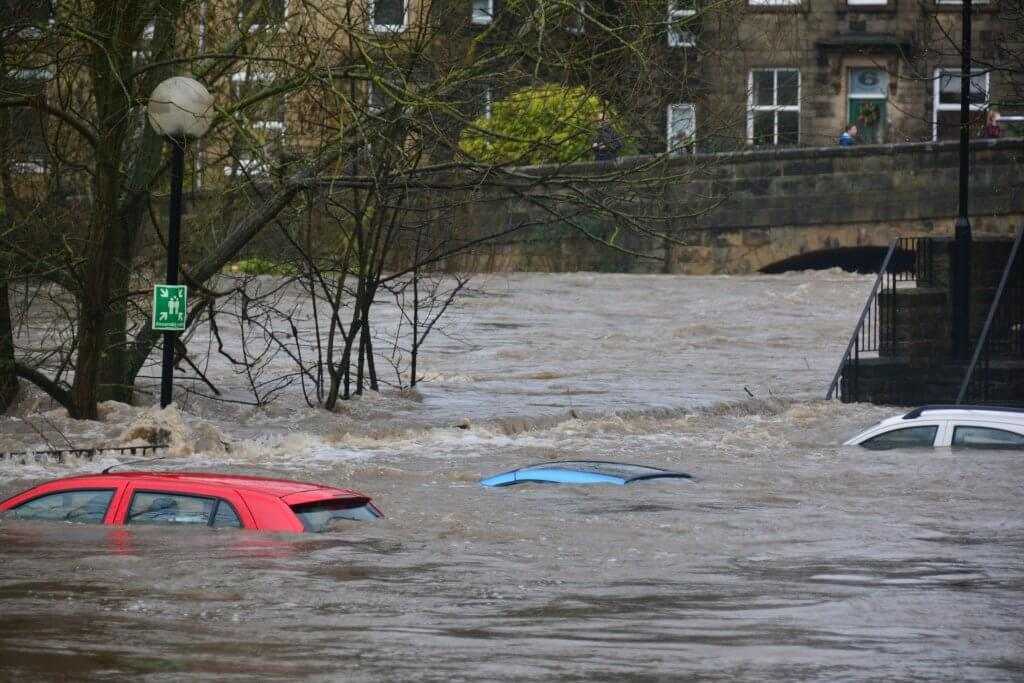To answer the question of how to prepare your house to bug in, we must answer 3 primary questions.
- What
- Where and When?
- Who?
With the answers to these questions, you will be able to confidently make decision about how to prepare your house to bug in when it comes to supplies and plans. I assume if you are reading this you've already decided it's good to go above/beyond the governments recommended preparations of 3 days of food and water per person.
What happened?
First thing first, let's consider what may happen to cause us to prepare our house to bug in.
Is bugging in the right choice?
Let's ask ourselves why we think we need to bug in. Should I bug in or bug out? Obviously if there is an immediate danger to our home such as fire or flooding we should not be bugging in. For other reasons we may need to bug in. Here are a few you may think through and consider if your home is at risk for.
- Tornadoes causing power outages and/or localized flooding
- Severe thunderstorms or hail storms causing power outages and/or localized flooding
- Flooding caused by changes in water levels from rivers/lakes
- Ice storms that block travel routes
- Abnormally severe temperatures (hot or cold) that cause the power grid to fail
- Infectious diseases, or if you have a weak immune system, a bad flu season
- Read about the 2019 Measles outbreak in Samoa
After reading through that list (which is not exhaustive) take note of the events that could reasonably happen in your area. Ask the following question about each potential scenario.
What is the timeline for the 'what'?
Consider the events above that would cause you to bug in to your house. What is the potential timeline for given how remote you are? Here are some estimates
- Tornado
- Urban: 1-7 days
- Remote: 1-14 days
- Thunderstorms and Flooding
- Urban/Remote: 1-21 days
- Flooding from rivers/lakes upstream
- Urban/Remote: 1-21 days
- Ice Storms
- Urban: 1-3 days
- Remote: 1-21 days
- Abnormally severe temperatures
- Urban/Remote: 1-3 days
- Infectious Diseases
- Urban/Remote: 1-14 days
- Exceptions exist (2+ months in Samoa as of Dec 16, 2019)
Where and When?
Consider where you live relative to other risks, and the season/weather for the given area.
Are there other risks near you?
When deciding how to prepare our house to bug in, we have to be aware of other risks in the area. Here are a few risks you may find in your area that could affect your decision to bug in. Remember this list is not exhaustive!



- Power plants
- Hydroelectric dams may be damaged if there is severe flooding, or to prevent damage they may have to release water causing flooding downstream
- Nuclear: earthquakes, tornadoes, and other natural disasters may cause damage to facilities
- Chemical production/processing
- Trucking distribution
- Shipyards
- Railroads
- Earthquakes and tornadoes can easily derail trains, causing spillage of toxic substances
- Forests
- Forest fires are easily started during times of intense heat or dry weather
- Tornadoes often cause fires due to damaged power lines
- Rivers, Lakes
- Unrelated weather upstream may cause delayed flooding
- Hurricanes carry rain inland which naturally flows back towards oceans and can cause secondary flooding
Now that you're aware of secondary risk from other dangerous locations and natural features relative to your home, we must answer the following.
What time of year is it? What is the weather?
You're likely already aware of this more than most of the other questions, but make sure you think through it carefully. If it is Winter where you live, have you prepared your house to stay warm if there is no electricity to heat it? If you have extreme summers (looking at you, Texas) are you prepared to stay cool in dangerous temperatures?
Who must we prepare for?
Finally we must answer the question of 'who?'. How do you prepare your house for 'who' may be there? You must absolutely prepare for those who live with you. You must absolutely consider your neighbors and anyone else who may show up. You (more than likely) care for these people, and do not want to see them in need if you could help it!
Who lives with you?
Total up your family members who may be at home. Don't forget that this includes college students who may come home, children in split custody, and those furry creatures we call pets. Don't forget prescription medicine! You can often ask for a month extra from the pharmacy for travel or just preparation.
Who are your neighbors?
Are your neighbors the prepared type? Do you live far away from your neighbors? In a town home? What about the old lady downstairs who needs oxygen, do you know how to help her? What about your next door neighbor's son with diabetes, do you know how to help in an emergency?
Who might show up?
Family who doesn't live with you, friends, and other community members may lose their only shelter. Have you considered having a few extra people sleeping in your living room?
How to prepare your house to bug in
You now have answers to the critical questions that you must prepare around. Here is a list of supplies for you to consider, the amounts will vary given your answers above. Top level topics are generally in priority order.
Medical (*required)
- Medication
- *Prescriptions
- *Pain killers
- *Antihistamine (e.g. Benadryl)
- *Hydrocortisone cream
- Cough/Cold
- Laxative
- Sleep aid
- *Antibiotic ointment
- *Bandaids
- *Anti-diarrheal
- *Non latex gloves
- *Tweezers
- *Alcohol or iodine (comes in bottles or pads)
- Gauze pads for larger wounds
- Adhesive tape
- Elastic wrap bandage
- Instant cold pack
- First aid manual
Shelter (*required)
- *Flashlight, lantern
- *Candles
- *Blankets
- *Winter clothing (hats, gloves, warm socks)
- Firewood
- *Rain gear (jacket at a minimum)
- *Tarp to cover damage to home (e.g. tree fall)
- Sunscreen
- Bug Spray
- Generator and gas
Water (*required)
- 1 gallon/person/day (personal note: unless you're doing strenuous activity/bathing, it's unlikely you need this much)
- *My recommended storage container is the Aqua-Tainer
- Electrolyte source (e.g. Gatorade)
- WaterBob for sanitary bathtub storage
- Your hot water heater stores water that can be accessed from a nozzle at the bottom (careful, hot, obviously)
- Your toilets store water (not for drinking)
Hygiene (*required)
- *Anti-bacterial soap
- Hand sanitizer
- *Toothpaste
- Deodorant
- *Trash bags
- *Toilet paper
- Wet wipes
- *Feminine supplies(men, don't forget this if there is a chance of a female showing up!)
Food (*required)
If you don't want to eat these cold, be sure you have a way to cook them such as a grill, camp stove, or fireplace/fire pit with a grill top
- Assorted canned vegetables, meats (make sure you own a can opener...)
- Dried fruits
- Freeze dried meals, backpacking meals
- Granola bars
- Protein snacks
- Candy/sweet treats, especially to keep the kids happy
- Coffee
Protection
Do not use without proper training and legal knowledge!
- Police services may be predisposed, leaving smaller/petty crime unchecked
- Non-lethal
- Pepper spray (personal note: buy 2, use one to learn how it works)
- Stun gun
- Club-like tool
- Lethal (in priority order)
- Rifle
- Shotgun
- Handgun
Communication (*required)
- *Hand crank fm/am radio
- Pair of walkie-talkies
- *Notebook, writing utensil
- ham radio (with training, if you don't have training, don't waste your money)
General items (*required)
- *USB battery phone charger
- *Multi-charge cable
- *Extra batteries for flashlights
- *Duct tape
- *Written contact information for family or friends out of state (local calls can be overloaded during disasters while long distance still works)
- *Books, magazines, cards, boardgames, other pleasure items to help pass the time
Baby supplies
- I lack expertise in this area. Rather than copy someone else's content, I recommend you take a look at the survivalist mom's post
Previous Post: Bug In or Bug Out?
Up Next: How to prepare your apartment to bug in